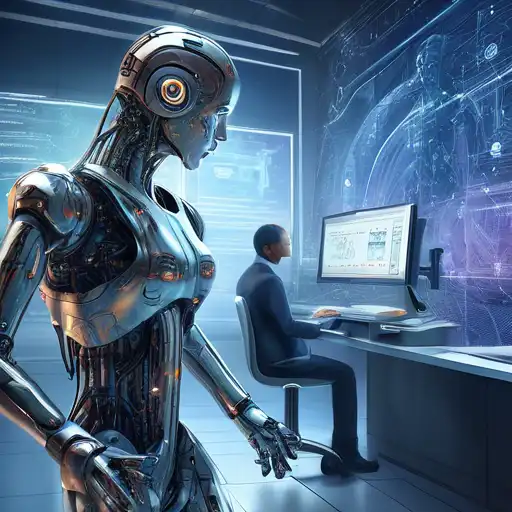Introduction to AI and Machine Learning
In the rapidly evolving world of technology, terms like Artificial Intelligence (AI) and Machine Learning (ML) are often used interchangeably. However, they represent distinct concepts with unique applications and implications. This article delves into the differences between AI and ML, shedding light on their individual characteristics and how they complement each other in the tech landscape.
What is Artificial Intelligence?
Artificial Intelligence is a broad field of computer science focused on creating systems capable of performing tasks that typically require human intelligence. These tasks include problem-solving, understanding natural language, recognizing patterns, and making decisions. AI can be categorized into two types: narrow AI, which is designed for specific tasks, and general AI, which possesses the ability to understand, learn, and apply knowledge in various contexts.
What is Machine Learning?
Machine Learning, a subset of AI, involves the development of algorithms that allow computers to learn from and make predictions or decisions based on data. Unlike traditional programming, where humans explicitly code the behavior of software, ML models improve their performance over time as they are exposed to more data. This learning process enables applications such as speech recognition, image classification, and predictive analytics.
Key Differences Between AI and Machine Learning
While AI aims to simulate human intelligence across a wide range of tasks, ML specifically focuses on enabling machines to learn from data. Here are some key distinctions:
- Scope: AI encompasses a broader spectrum of technologies and applications, whereas ML is a technique used within AI to achieve intelligent behavior.
- Functionality: AI systems can perform tasks autonomously, while ML models require data to learn and make informed decisions.
- Objective: The goal of AI is to create systems that can perform any intellectual task that a human can, while ML aims to allow machines to learn from data without being explicitly programmed for every task.
How AI and Machine Learning Work Together
Despite their differences, AI and ML are deeply interconnected. ML provides the foundation for many AI applications, enabling systems to learn from experience and improve over time. For example, AI-powered chatbots use ML to understand and respond to user queries more effectively as they interact with more people. Similarly, recommendation engines on streaming platforms leverage ML algorithms to personalize content based on user behavior, a functionality that falls under the broader umbrella of AI.
Conclusion
Understanding the distinction between AI and Machine Learning is crucial for grasping the current and future potential of technology. While AI represents the overarching goal of creating intelligent machines, ML is a pivotal method for achieving this intelligence through data-driven learning. As both fields continue to advance, their synergy will undoubtedly lead to more innovative and transformative applications across industries.
For more insights into the latest tech trends, explore our Tech Trends section.
